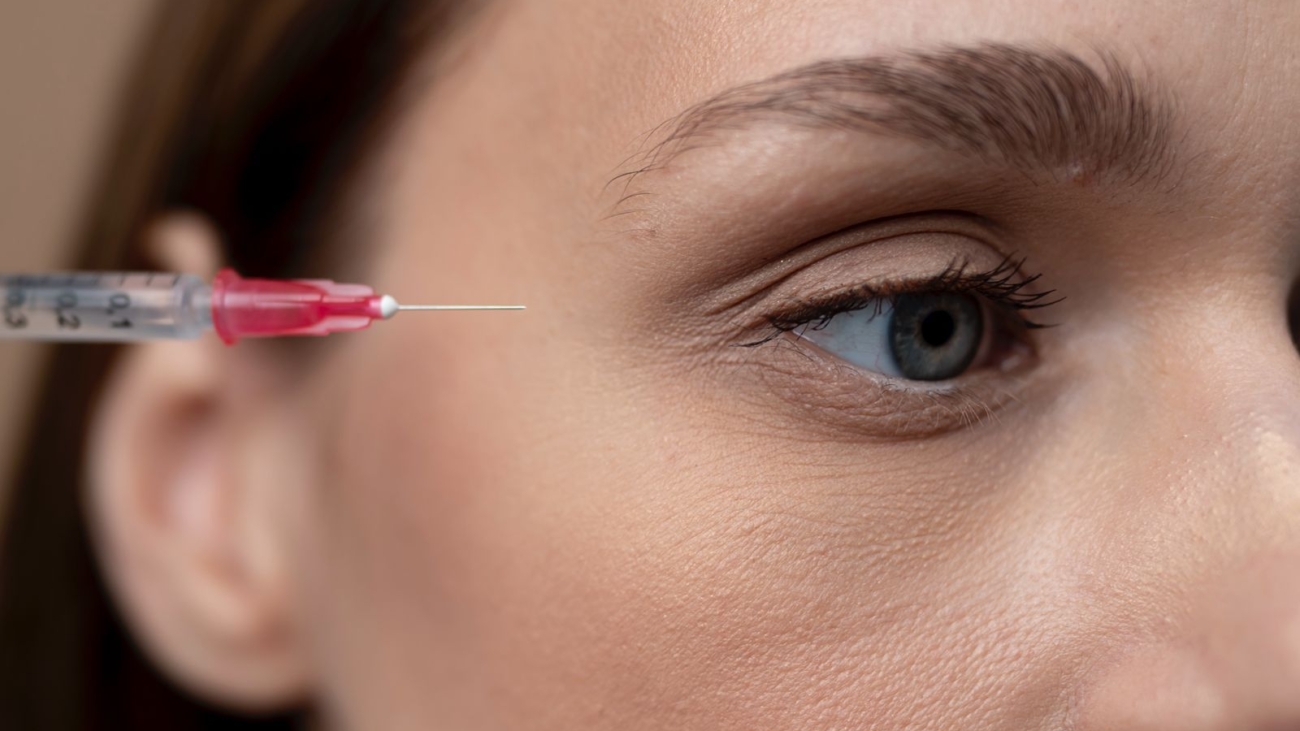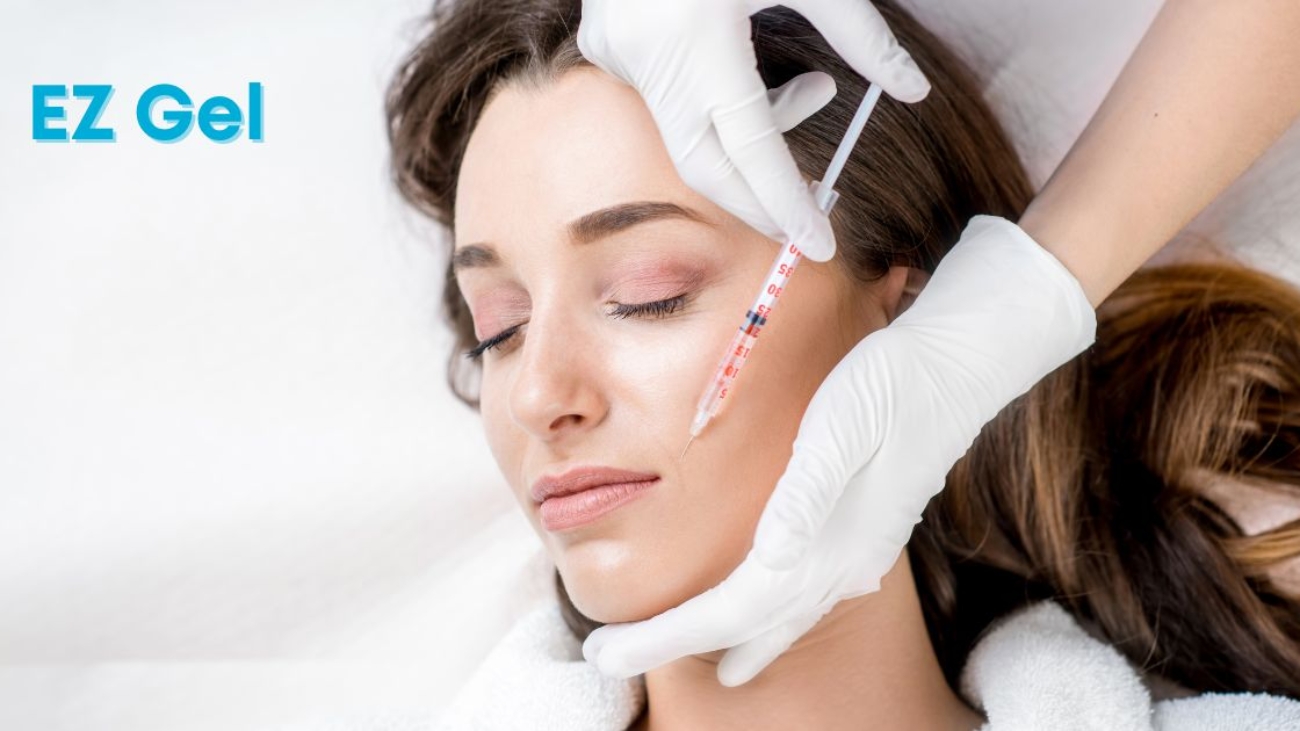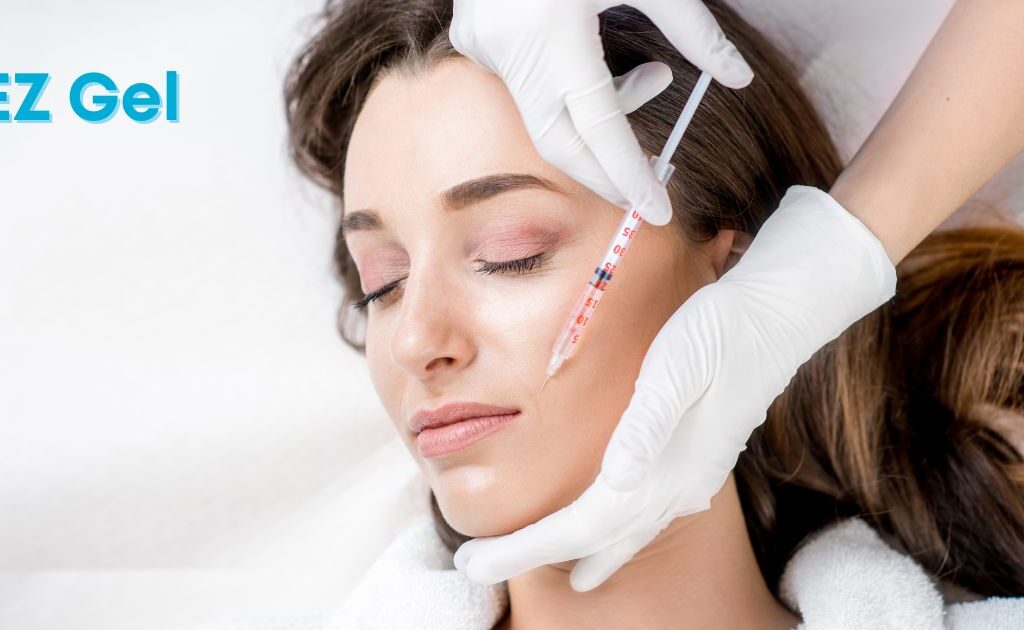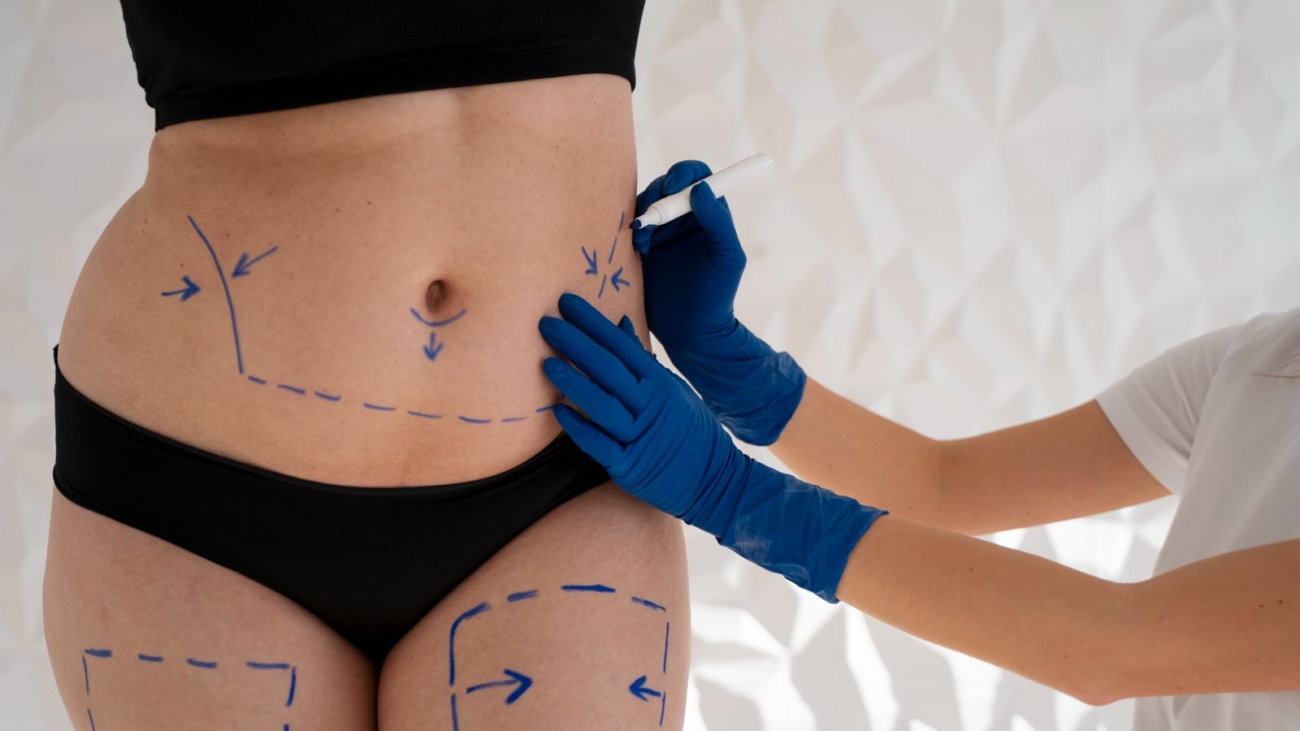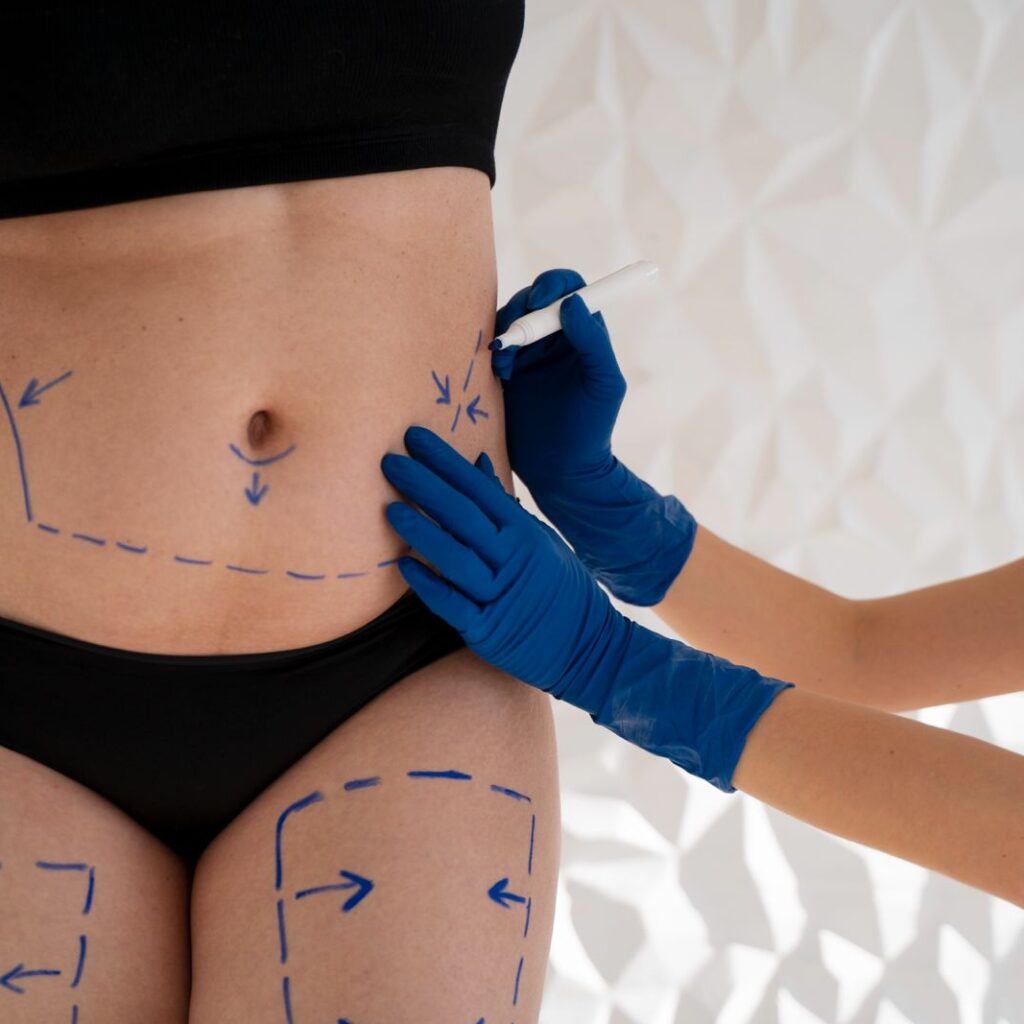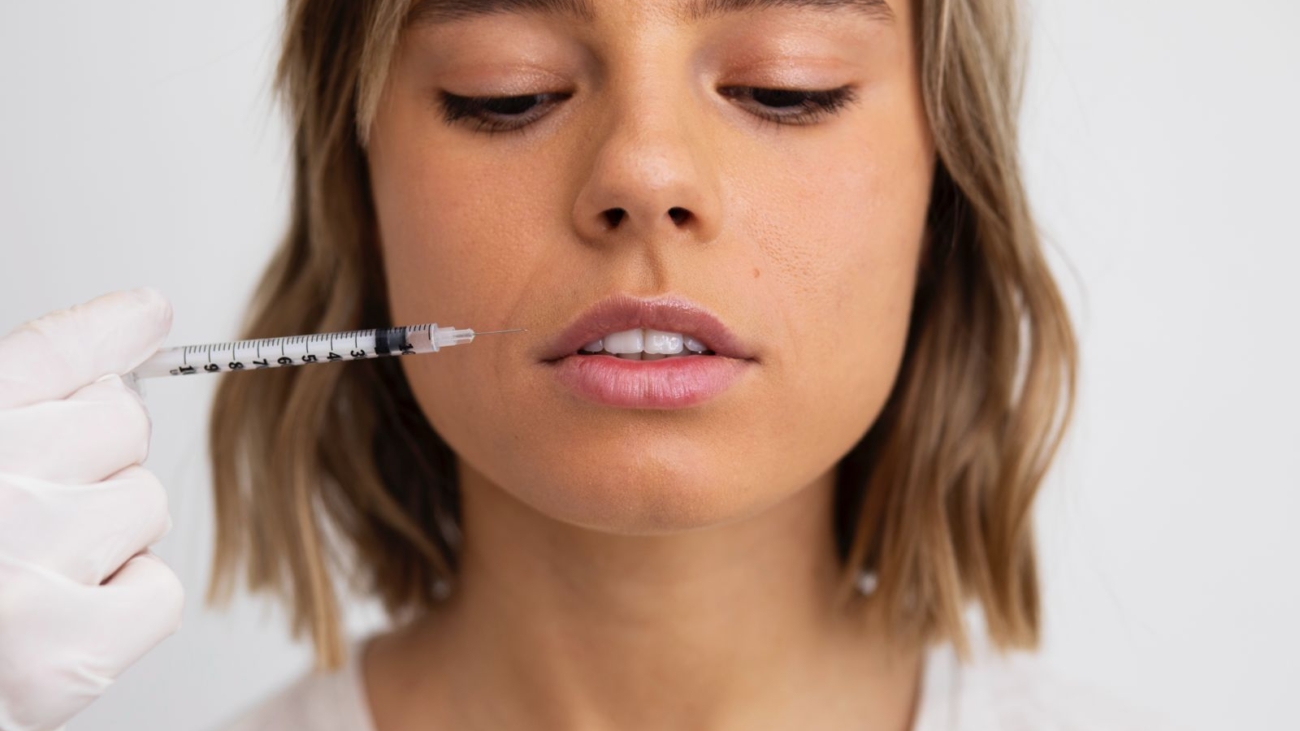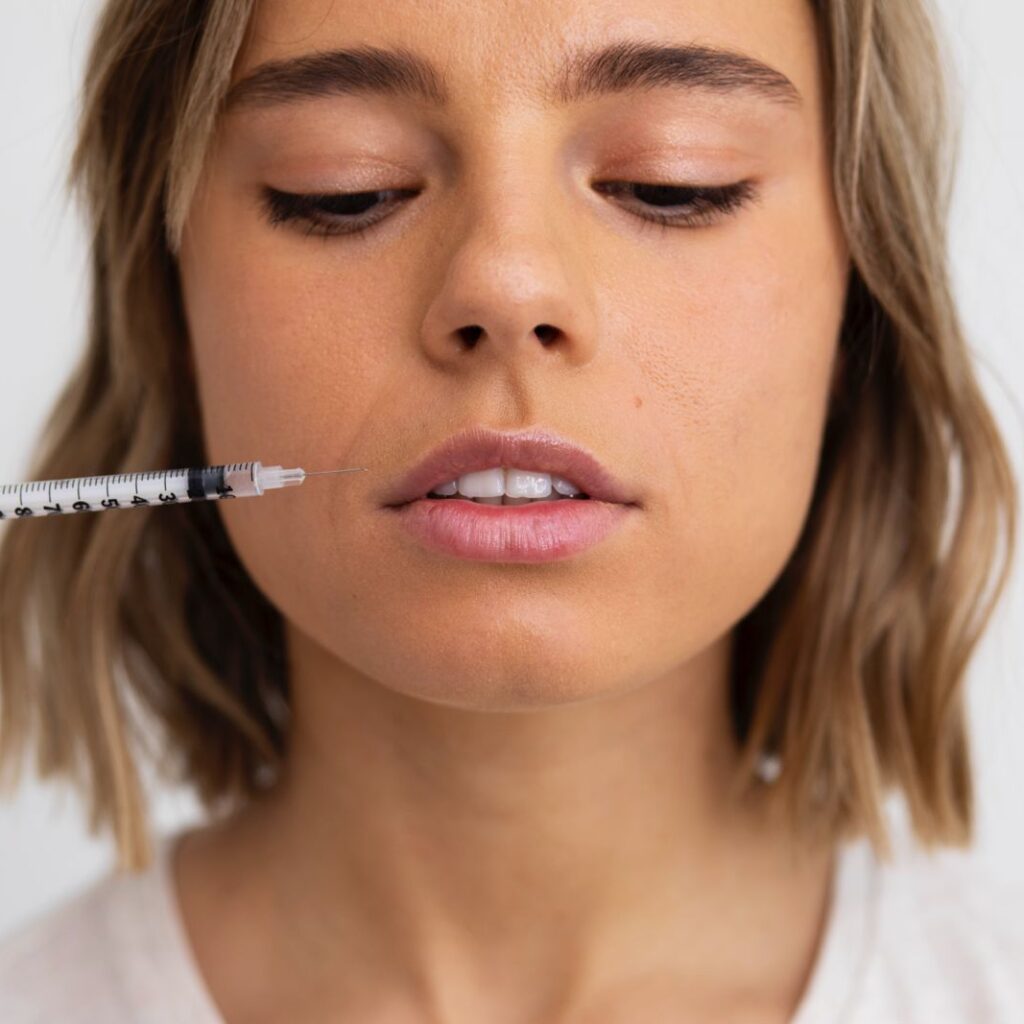The PRF treatment, or Platelet-Rich Fibrin, is an advanced bioregenerative therapy that uses the natural potential of your own body for regeneration and rejuvenation. The method is based on using the client’s own blood, which is processed through centrifugation to obtain a concentrate of platelets and fibrin. This concentrate contains a high level of growth factors that promote tissue healing and stimulate the formation of new cells.
There are two types of PRF:
i-PRF (injectable PRF), which has a more liquid form and is applied via injection, forming a fibrin network after being injected – making it suitable for aesthetic treatments; and
a-PRF (autologous PRF or fibrin membrane/clot), which is used in wound treatment and dentistry.
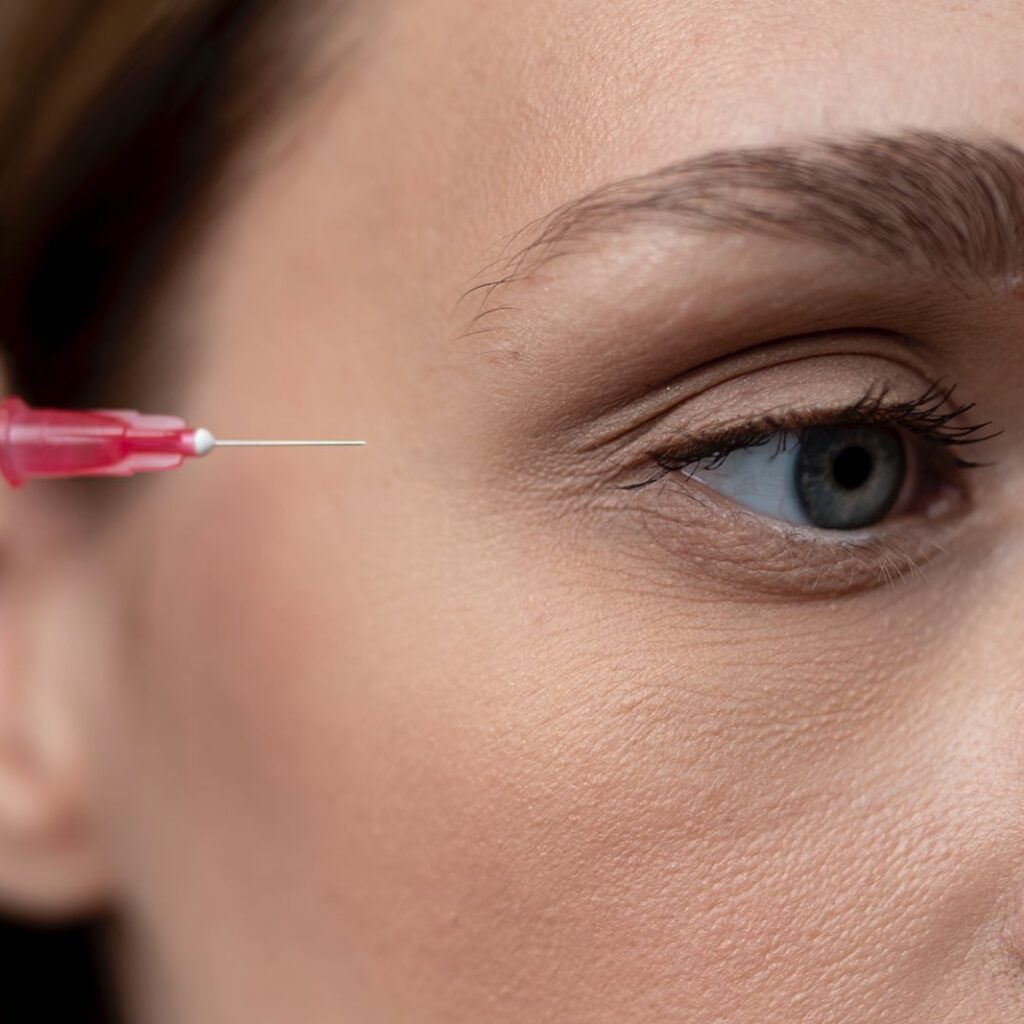
What Is i-PRF and How Does It Work
Injectable PRF (platelet-rich fibrin) is an advanced version of the well-known PRP treatment, referring to the injectable form of fibrin that is rich in platelets. It is an autologous treatment, which means it uses your own blood without any added synthetic substances or artificial ingredients. The procedure involves drawing a small amount of the client’s blood, which is then processed in a specialized centrifuge. During this process, platelets, fibrin, and growth factors are separated and later injected directly into the skin.
The key difference between i-PRF and PRP lies in the blood processing technique — i-PRF is centrifuged at lower speeds and without anticoagulants, allowing for the formation of a fibrin network that releases growth factors more slowly and supports longer-lasting tissue regeneration.
Why Is Fibrin Important?
Unlike traditional PRP treatments, i-PRF contains fibrin—a natural substance that acts as a ‘reservoir’ for growth factors, gradually releasing them into the skin over an extended period. This prolonged release supports long-lasting skin regeneration, increased collagen and elastin production, and improved vascularization. As a result, i-PRF delivers a more comprehensive rejuvenating effect.
What Are the Main Benefits of i-PRF Treatment
One of the main reasons individuals love i-PRF is its ability to activate the skin’s natural regeneration mechanisms. This treatment carries no risk of allergic reactions since it uses only the patient’s own biological material. It also delivers exceptionally natural-looking results—without overfilled or artificial appearance.
i-PRF is remarkably versatile and can be used for:
- Reducing fine lines and wrinkles
- Improving skin tone and texture
- Minimizing under-eye circles and puffiness
- Supporting skin recovery after laser or chemical peels
- Softening acne scars and other types of skin damage
- Hydrating and revitalizing the skin
- Achieving a natural rejuvenation effect without synthetic ingredients
- Stimulating hair growth in cases like androgenetic alopecia
i-PRF is a minimally invasive procedure with little to no downtime. Results are not immediate but develop gradually—skin becomes visibly firmer, smoother, and more refreshed within a few weeks, with continued improvement after each session. Growth factors from the i-PRF promote long-term tissue regeneration and collagen production, making the results significantly longer-lasting compared to some other treatments.
What Does the i-PRF Treatment Involve
The entire procedure takes approximately 30 to 45 minutes and includes several steps. After a thorough consultation, a small amount of venous blood is drawn from the client—usually between 10 and 20 ml. The blood is then processed in a specialized centrifuge to isolate the i-PRF fraction, which is rich in growth factors and fibrin.
Once prepared, the i-PRF is carefully injected into targeted areas of the face or body using very fine needles or microcannulas. This makes the procedure virtually painless and comfortable for the client. In most cases, local anesthesia is not required, although a topical numbing cream can be applied for those with lower pain tolerance.
What Is the Recovery Like
One of the key benefits of i-PRF treatment is its minimal downtime. After the procedure, the skin may appear slightly red or feel mildly sensitive for a few hours, but these effects typically subside quickly. Clients can resume their regular daily activities immediately after the session, making i-PRF an ideal choice for individuals with busy lifestyles.
Post-Treatment Guidelines After i-PRF – How to Care for Your Skin for Maximum Results
To ensure the best possible outcome and support your skin’s natural regeneration process after an i-PRF treatment, it’s important to follow these aftercare recommendations:
• Avoid touching or mechanically irritating the treated areas.
Do not rub, press, or touch the treated area for at least 8 hours post-procedure. This helps prevent irritation and ensures the injected material remains stable.
• Pause medications and supplements that may interfere with healing.
For at least 3 days before and 7 days after your treatment, avoid aspirin, ibuprofen, and similar anti-inflammatory medications, as well as supplements like vitamins E and A, ginkgo biloba, garlic, and omega-3 fatty acids. These can increase the risk of bruising and slow tissue regeneration.
• For discomfort, use acetaminophen (Tylenol).
If you experience mild pain or discomfort, acetaminophen is a safe option that won’t interfere with the healing process.
• Cool compresses are allowed—only if necessary.
You may use cold packs if needed, but avoid unnecessary stimulation of the skin unless absolutely required.
• No washing or showering for the first 6 hours.
Avoid washing your face or showering in the treated area for at least 6 hours post-treatment to reduce the risk of infection and irritation.
• Avoid makeup, skincare products, and lotions.
For the first 6 to 12 hours, do not apply any skincare or cosmetic products to the treated area—including moisturizers, serums, and makeup—to allow the skin to breathe and heal naturally.
• Avoid intense physical activity, sun exposure, and heat.
For at least 3 days post-treatment, steer clear of strenuous workouts, direct sunlight, saunas, and hot baths. Elevated body temperature can interfere with optimal healing.
• Avoid alcohol, caffeine, and smoking during this period.
For at least 3 days before and after your treatment, it’s best to avoid alcohol, caffeinated beverages, and smoking. These habits can impair oxygen delivery to tissues and slow down the healing process, especially in smokers.
• Hydration and proper nutrition are essential.
Drink plenty of water and focus on a well-balanced diet rich in vitamins and minerals to support healing and enhance your skin’s appearance.
• Skin reactions are normal and temporary.
Between days 3 and 10, you may notice mild reactions such as redness, swelling, itching, bruising, or a feeling of tightness. These are typical and short-lived symptoms that indicate your skin is actively regenerating.
How Often Should You Get i-PRF Treatments?
i-PRF takes time to deliver its full effect, but the results are long-lasting. For optimal outcomes, a series of 2 to 4 treatments spaced 3 to 4 weeks apart is typically recommended. After completing the initial series, maintenance sessions every 6 to 12 months are usually sufficient to preserve skin firmness and a youthful appearance.
Noticeable improvements in skin hydration, texture, and tone can be seen within the first few weeks after the initial treatment. However, the most significant results take time to develop. Between weeks three and six, your body begins producing new collagen and blood vessels. Over the following three to six months, fine lines and wrinkles gradually fade, and the skin becomes visibly smoother and more refined.
Who Is i-PRF Ideal For?
Injectable PRF is an excellent choice for both women and men seeking a natural, long-lasting rejuvenation effect without the use of chemicals or synthetic fillers. This treatment is especially suitable for individuals noticing early to moderate signs of aging, mild skin laxity, or those who want to take a preventative approach to aging.
Contraindications and Precautions
While i-PRF is generally safe for most patients, there are certain conditions in which the treatment should be avoided or postponed. These include pregnancy, breastfeeding, active skin infections, bleeding disorders, hematologic conditions, cancer, as well as severe chronic or autoimmune diseases. A thorough medical consultation is required prior to treatment to ensure that i-PRF is appropriate for you.
If you’re ready to explore this revolutionary approach to natural regeneration and skin rejuvenation, schedule your consultation today and discover why i-PRF has become a favorite treatment among women and men around the world!
